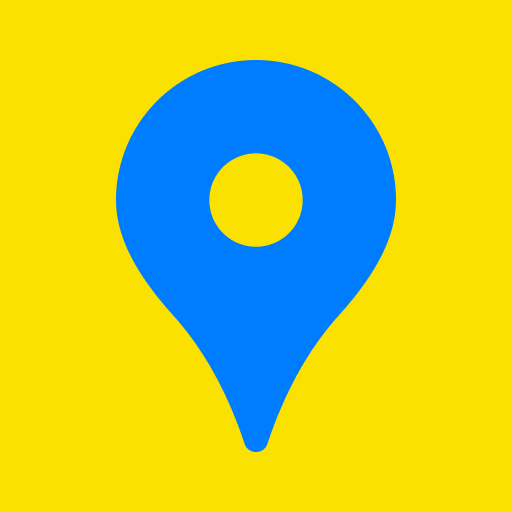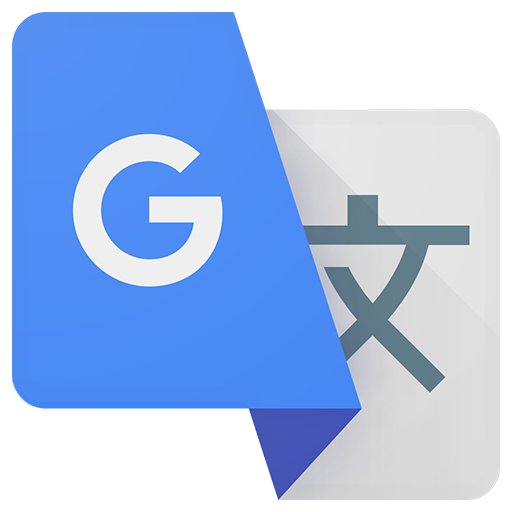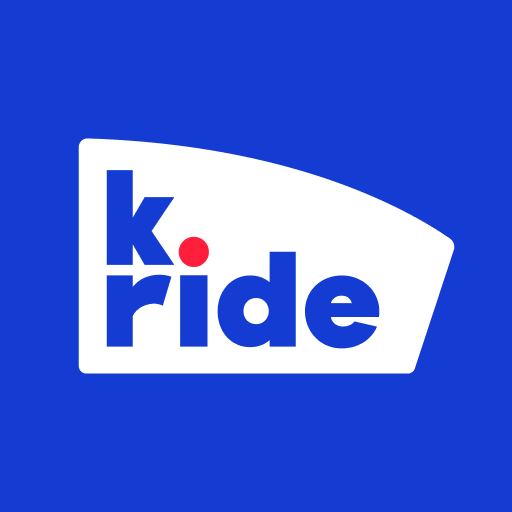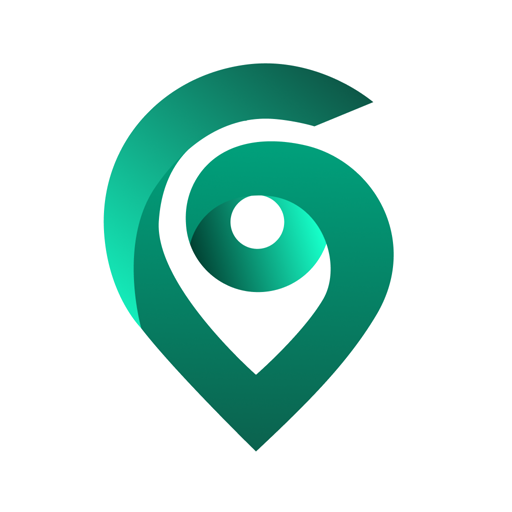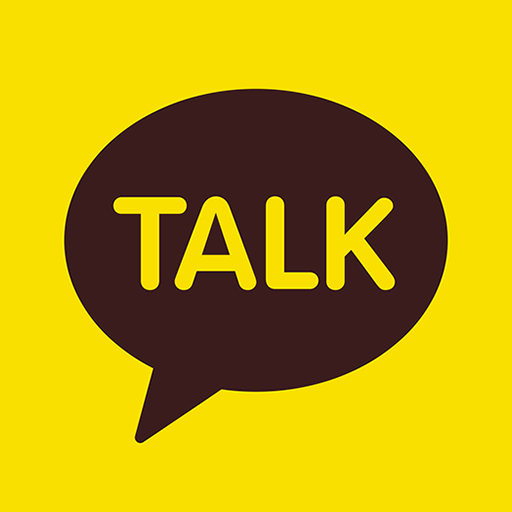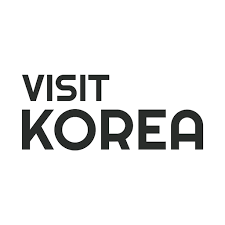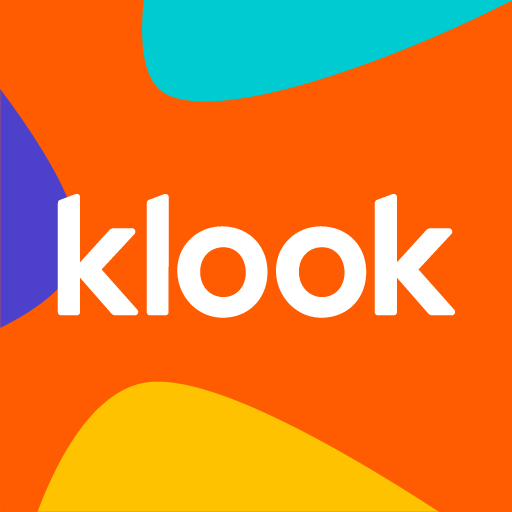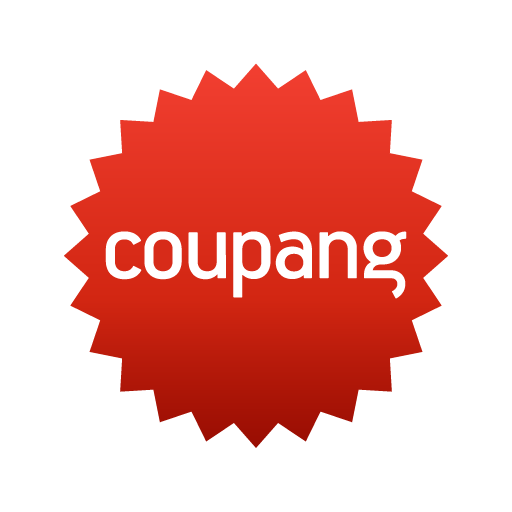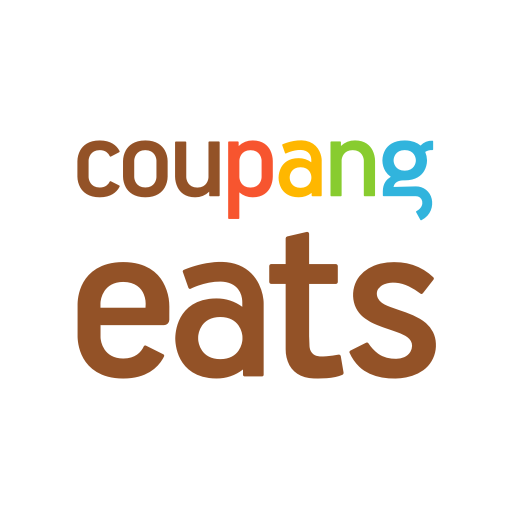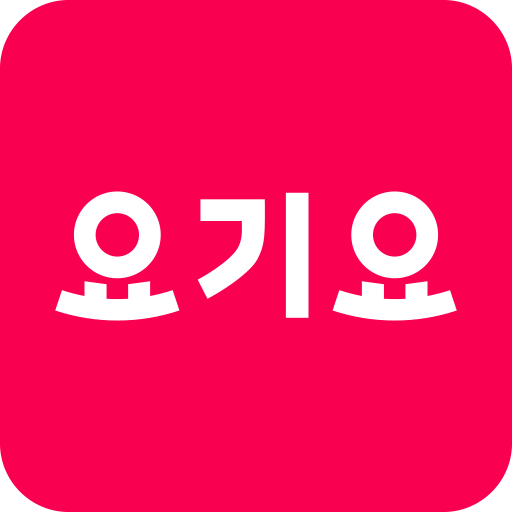Essential Smartphone Apps for First-Time English-Speaking Visitors to Korea
Planning your first trip to South Korea? 🇰🇷 While Korea is incredibly tech-savvy and connected, many international visitors discover that their usual go-to apps don’t work as expected. Google Maps, for instance, has significant limitations in Korea due to local mapping regulations, and many popular Korean services cater primarily to residents with local bank accounts and phone numbers. 📱
Don’t worry though! 😊 With the right apps downloaded before you arrive, you’ll navigate Seoul’s bustling streets, order delicious Korean fried chicken to your hotel, and communicate with locals like a seasoned traveler. 🍗✨
Quick Reference: Essential Apps by Category
| App Category | Tourist-Friendly | Residents Only | Main Restrictions |
|---|---|---|---|
| Navigation/Maps | Naver Map, KakaoMap | – | Google Maps limited |
| Public Transit | Subway Korea, Seoul Subway | – | – |
| Translation | Papago, Google Translate | – | – |
| Taxi | K.ride, TABA, Kakao T | – | KakaoTalk account needed (Kakao T) |
| Communication | KakaoTalk | – | Some features limited |
| Food Delivery | Shuttle, Baemin | Coupang Eats, Yogiyo | ARC/Korean card required |
| Payment/Banking | WOWPASS | – | – |
| Shopping | Gmarket | Coupang | ARC/Korean number required |
| Tourism Info | VISITKOREA, Visit Seoul, Klook | – | – |
Essential Apps for Your Korea Trip
1. Navigation: Naver Map & KakaoMap
Why you need it: Google Maps works poorly in Korea, often showing incorrect routes or missing detailed information about subway stations and building locations. 🗺️
Real scenario: You’re trying to get from Myeongdong to Hongdae for dinner. 🍽️ Naver Map will show you the exact subway entrance to use, real-time arrival times, and even which car to board for the easiest transfer.
Pro tip: Download offline maps for Seoul before you arrive. 📲 Both apps have English interfaces – look for the language settings in the menu.
2. Public Transportation: Subway Korea & Seoul Subway
Why you need it: These apps provide detailed subway information, including transfer guides, fare calculations, and real-time schedules. 🚇
Real scenario: Landing at Incheon Airport at 11 PM, you need to get to Gangnam Station. ✈️ Seoul Subway will show you it takes about 1 hour with one transfer at Hongik University Station, costs 4,150 won, and gives you step-by-step platform directions.
Usage tip: Both apps work offline once downloaded, perfect when you’re underground with spotty signal. 📶
3. Translation: Papago & Google Translate
Why you need both: Papago (by Naver) excels at Korean-English translation, while Google Translate offers camera translation for menus and signs. 🔤
Real scenario: You’re at a traditional Korean restaurant in Insadong with a Korean-only menu. 🥢 Use Google Translate’s camera feature to scan the menu, then double-check specific dishes with Papago for more accurate translations.
Language hack: Download Korean language packs for offline use before your trip. 💡
4. Taxi Services: K.ride, TABA & Kakao T
Here’s a detailed comparison of your taxi options:
| App Name | Target Users | Language Support | Payment Method | Special Features |
|---|---|---|---|---|
| K.ride (by Kakao T) | Foreigners only | 133 languages | International cards | No KakaoTalk needed |
| TABA | Foreign tourists | EN, CN, JP, Thai | International cards | Seoul gov official |
Real scenario: It’s 1 AM and you’re leaving a Hongdae club. 🌙 The subway has stopped running, and you need to get back to your hotel in Myeongdong. K.ride will connect you with an English-speaking driver who accepts your international credit card. 💳
5. Communication: KakaoTalk
Why it’s essential: KakaoTalk is Korea’s WhatsApp. 💬 Your Airbnb host, tour guides, and Korean friends will all use it to communicate.
Real scenario: Your Airbnb host in Gangnam sends you KakaoTalk messages with check-in instructions and recommendations for nearby restaurants. 🏨 You can also use the built-in translation feature for Korean messages.
Setup tip: Create your account using your international phone number before arriving in Korea. 📞
6. Food Delivery: Shuttle Delivery & Baemin
Food delivery comparison for tourists:
| App Name | User Availability | English Support | Payment Method | Limitations |
|---|---|---|---|---|
| Shuttle Delivery | Tourists ✅ | Full English | PayPal, int’l cards accepted | Limited restaurants |
| Baemin | Tourists ✅ | Korean only | Int’l cards accepted | Translation needed |
| Coupang Eats | Residents only ❌ | English support | Korean cards only | ARC required |
| Yogiyo | Residents only ❌ | Website translation | Limited options | ARC required |
Real scenario: It’s raining heavily in Seoul, and you’re craving Korean fried chicken and beer at your hotel. 🌧️🍺 Shuttle Delivery offers full English menus and accepts your international credit card, delivering hot food right to your door.
7. Payment/Banking: WOWPASS
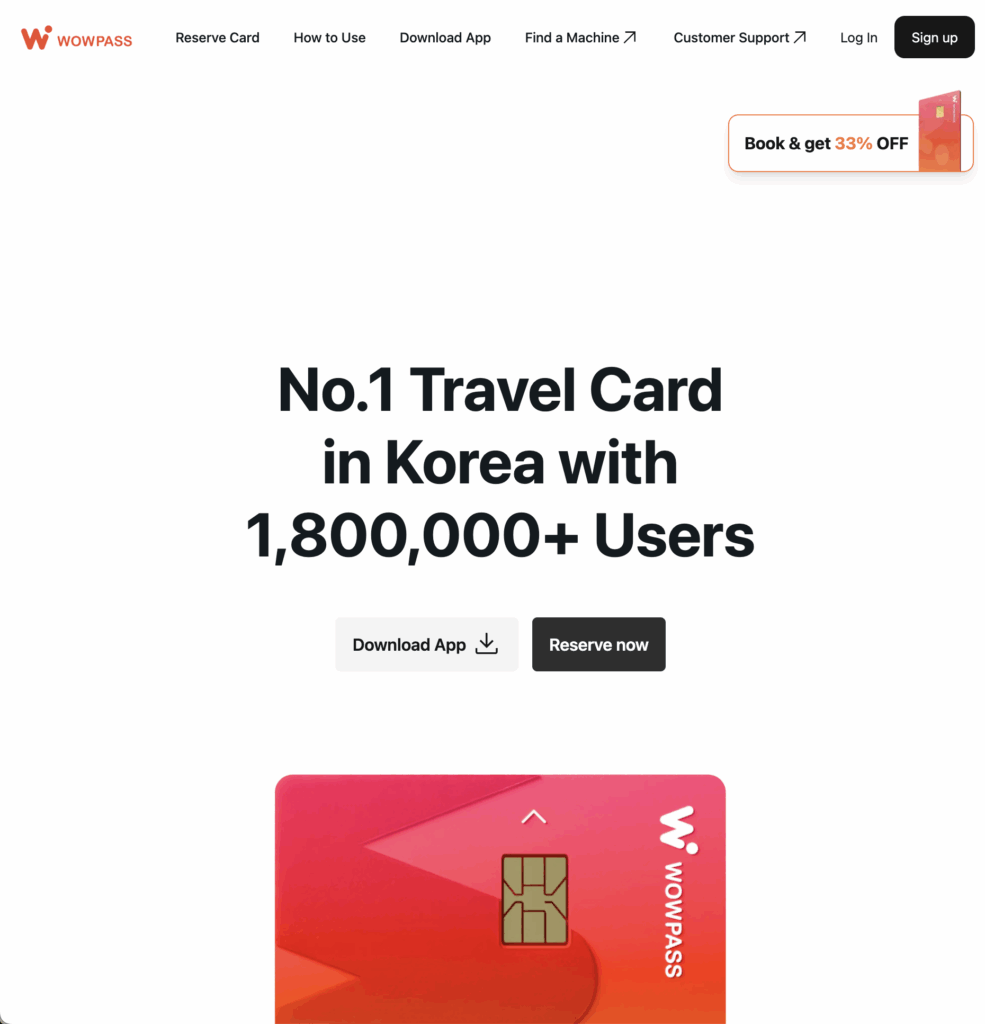
Why you need it: This rechargeable card works at ATMs, subway, bus, and most stores. It’s specifically designed for tourists. Your WOWPASS card works as Tmoney card as well, so once you charge cash to the card you don’t need a Tmoney card or wait in line to top-up. 💳
Real scenario: You’ve run out of cash while shopping in Hongdae. 💸 Use the WOWPASS app to locate the nearest ATM that accepts international cards, or recharge your subway card balance.
Use Promo Code “FLAVORKR” to claim 0.5% cash-back benefit, up to $1000 top-up.
8. Shopping: Gmarket
Why choose Gmarket over Coupang: Gmarket accepts international credit cards and ships internationally, while Coupang requires a Korean resident number. 🛒
Real scenario: You want to send Korean sheet masks and snacks to friends back home. 🎁 Gmarket’s English interface lets you order K-beauty products and have them shipped directly to your home country.
9. Tourism Information: VISITKOREA, Visit Seoul & Klook
Why you need all three: VISITKOREA provides official information, Visit Seoul covers city-specific details, and Klook offers the best coverage of bookable experiences in Korea. 🏛️
Real scenario: You want to visit Gyeongbokgung Palace and try hanbok rental. 👘 VISITKOREA shows palace hours and admission fees, Visit Seoul provides subway directions, and Klook lets you book a hanbok experience package with photos.
Apps for Korean Residents Only
Some popular Korean apps require local documentation:
| App Name | Requirements | Function | Tourist Alternative |
|---|---|---|---|
| Coupang | ARC + Korean number | Online shopping | Gmarket |
| Coupang Eats | ARC + Korean card | Food delivery | Shuttle, Baemin |
| Yogiyo | ARC + limited payment | Food delivery | Shuttle, Baemin |
ARC = Alien Registration Card (required for long-term residents)
Pre-Travel Preparation Tips
Download before you go: Korean WiFi is excellent, but download these apps using your home WiFi to avoid data charges. 📶
Language settings: Most Korean apps have English options buried in settings menus. Switch languages immediately after downloading. 🌐
Account creation: Set up KakaoTalk and other accounts using your international phone number while still at home. 🏠
Offline capabilities: Download offline maps and language packs for translation apps. 💾
Conclusion
Korea’s digital landscape is incredibly advanced, but it’s designed primarily for locals. 🏙️ By downloading these essential apps before your trip, you’ll avoid the frustration of trying to navigate Seoul with limited Google Maps or ordering food with language barriers.
Remember, preparation is key to enjoying your Korean adventure. 🗝️ These apps will transform you from a confused tourist into a confident traveler who can navigate Seoul’s subway system, order late-night fried chicken, and communicate with locals like a pro.
Download these apps, charge your phone, and get ready for an amazing Korean experience! 🔋✨
Need More Help? If you have specific questions about traveling to Korea or need assistance with any of these apps, feel free to reach out on Twitter @trip__to__korea – I’ll try to answer questions and provide help when I’m available! 🐦

